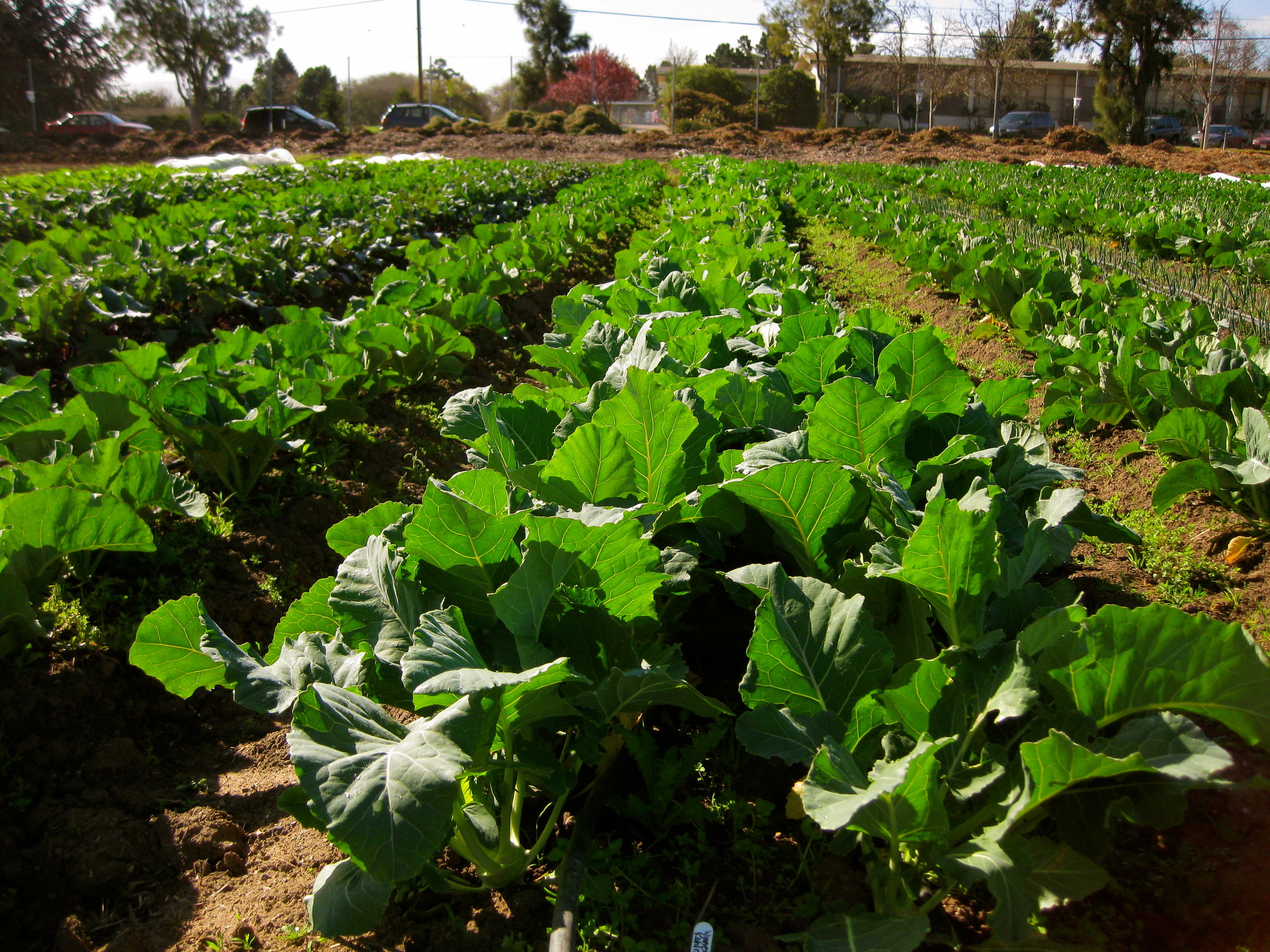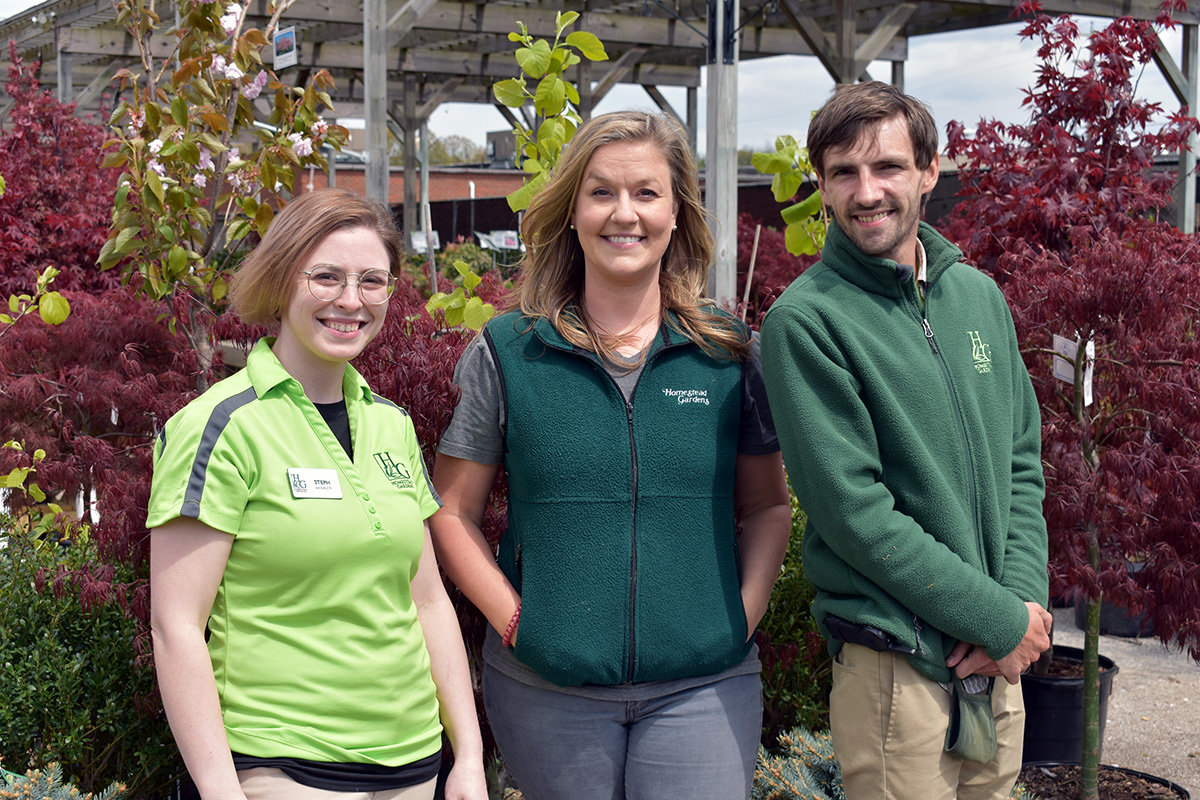Uncover the Tricks to Creating a Beautiful and Efficient Gardening Area
Creating a gorgeous and effective horticulture room is not merely an issue of planting blossoms and veggies; it needs a critical technique that incorporates various essential elements. From selecting the right location based on sunlight and soil kind to thoughtfully developing your layout and choosing suitable plants, each choice plays a pivotal duty in the success of your garden.
Choosing the Right Area
Picking the optimal location for your yard is important to its success and general aesthetic allure. The very first step in this process involves evaluating sunshine exposure, as most plants need at the very least 6 hours of straight sunshine daily (Homestead Gardening). A south-facing garden generally gets one of the most light, while shaded locations can impede development and blooming
Furthermore, take into consideration dirt top quality and drain. Well-draining dirt is important to stop waterlogged origins, which can result in plant diseases. Performing a soil examination can supply useful details regarding pH levels and nutrient web content, allowing you to amend the dirt appropriately.
Furthermore, proximity to water sources is an additional factor to evaluate - Homestead Gardening. Having simple accessibility to a hose or irrigation system can simplify the watering process and urge consistent plant treatment. Wind security is likewise crucial; positioning your yard near structures, such as walls or fences, can secure it from rough winds that might damage fragile plants
Last but not least, think about availability for maintenance and harvesting. A well-placed yard enables for convenient access, making sure that you can easily have a tendency to your plants without creating excessive anxiety or disturbance. Thoughtful area option lays the structure for a growing garden.
Picking Plants Carefully
When selecting plants for your garden, it's vital to think about factors such as climate, dirt conditions, and individual preferences to ensure a efficient and unified room. A complete understanding of your regional environment will direct you in choosing plants that flourish in your particular setting. Selecting drought-resistant ranges is useful in arid areas, while moisture-loving species might be much more suitable for areas with high rainfall.
Dirt conditions are similarly essential; performing a soil test can reveal pH degrees and nutrient web content, allowing you to select plants that will grow. Native plants are often a superb option, as they are typically well-adapted to regional dirt types and require less upkeep.
Mirror on your personal choices-- choosing plants that resonate with your visual preferences will certainly boost your satisfaction and dedication to maintaining your yard. By meticulously reviewing these aspects, you can create a varied and thriving plant selection that boosts your horticulture experience.
Creating Your Garden Format
With a thoughtfully selected plant selection in hand, the next action is to develop a garden design that maximizes both beauty and capability. Begin by assessing the readily available area, taking into consideration elements such as sunshine, color, and wind patterns. A tactical design needs to include different zones, consisting of locations for planting, paths, and possibly seating.
Beginning with larger plants or centerpieces, such as trees or tall perennials, placed strategically to create aesthetic passion. Layer smaller plants ahead to enhance depth and texture. Take into consideration the development habits of your chosen plants; taller selections need to be placed at the back or facility of beds, while shorter ones can line the sides.
Including paths not just assists in gain access to for maintenance but likewise welcomes expedition. Use products that enhance the garden's general visual, whether rock, timber, or crushed rock chips.
Furthermore, think concerning seasonal changes and just how your layout will certainly look throughout the year. Integrating evergreens together with seasonal flowers can ensure year-round charm. Ultimately, a properly designed garden format harmonizes the all-natural beauty of plants with practical considerations, leading to an area that is both welcoming and efficient.
Enhancing Dirt Health

To boost dirt health and wellness, start by conducting a dirt test to examine pH degrees, vitamins and mineral content, and dirt texture. Incorporate organic issue such as compost, well-rotted manure, or fallen leave mold to improve dirt framework, water retention, and microbial task.
Mulching is another reliable method; it not just saves dampness yet also reduces weeds and gradually enhances the soil as it breaks down. Staying clear of excessive tillage is vital, as it can interfere with soil framework and harm beneficial organisms. Instead, adopt no-till or minimal tillage practices to preserve dirt integrity.

Preserving Your Garden Efficiently
A well-kept garden is a source of satisfaction and productivity, calling for consistent focus to address ensure that plants description flourish and the landscape remains inviting. Reliable garden upkeep includes several vital techniques that boost the wellness of your plants and the general aesthetic of your area.
Routine watering is essential; nonetheless, it is essential to customize your watering timetable based upon the certain needs of your plants and neighborhood environment conditions. Mulching can assist keep dampness, reduce weeds, and manage soil temperature. Furthermore, timely weeding stops competition for resources and nutrients, guaranteeing that your plants thrive.
Trimming is another essential task. It urges healthy and balanced development, eliminates dead or unhealthy branches, and forms plants to preserve an enticing structure. In addition, keeping track of for insects and diseases is vital; early discovery and intervention can save your plants from considerable damage.
Fertilization should be carried out thoughtfully, utilizing natural alternatives whenever feasible to promote long-lasting dirt health and wellness. Seasonal jobs such as growing, dividing perennials, and preparing for wintertime will guarantee your garden continues to be lively year-round. By adhering to these practices diligently, you can grow a garden that is both productive and attractive.
Conclusion
Selecting an ideal location with ample sunshine, selecting appropriate plants, designing an aesthetically pleasing format, improving dirt wellness, and guaranteeing normal upkeep are vital parts. By integrating these practices, one can cultivate a growing garden that not just enhances the landscape but also promotes ecological balance and sustainability.
From choosing the right location based on sunlight and soil kind to attentively making your layout and selecting suitable plants, each choice plays a crucial role in the success of your yard. Well-draining dirt is essential to stop water logged roots, which can lead to plant diseases.When picking plants for your garden, it's necessary to think about factors such as environment, soil conditions, and individual choices to ensure a effective and unified room. Ultimately, a well-designed garden format harmonizes the all-natural appeal of plants with sensible factors to consider, resulting in a space that is both welcoming and effective.
